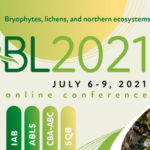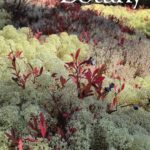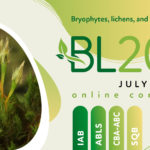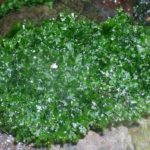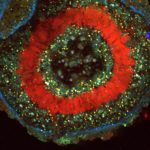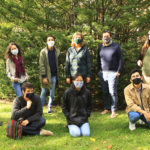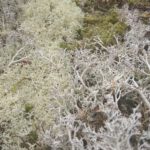
Dr. Marta Alonso García is again looking at the biology and symbiosis of reindeer lichens. Why lichens are so important in the boreal forest ? Lichens cover nearly 7% of the earth’s surface and in eastern Canada, lichen woodlands occupy over 300,000 km2. Reindeer lichens (genus Cladonia), are the main component of lichen woodlands and they play a crucial role in boreal forest ecology. She studies, for the first time, the bacterial community of four species of reindeer lichens from eastern North ...
Read More

